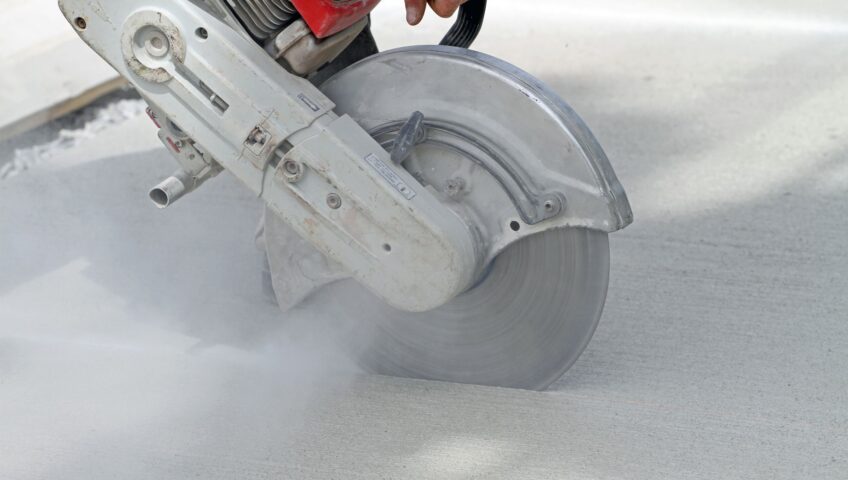Concrete Cutting Techniques: An Overview and Guide to Selection
Introduction
Concrete is a pervasive material in construction, known for its durability and versatility. To shape and alter it as needed, various concrete cutting techniques have been developed. Each technique has its unique characteristics and is suited for different applications. This article will discuss the primary concrete cutting techniques available and guide you in choosing the most suitable one for your project.
Concrete Cutting Techniques: An Overview
- Flat Sawing (Slab Sawing): This technique is commonly used for horizontal surfaces such as floors, roads, and bridge decks. It involves a diamond blade mounted on a walk-behind machine. Flat sawing is ideal for creating trenches to install utilities, preparing for demolition, or creating expansion joints.
- Wall Sawing: Wall sawing is used for vertical surfaces and can make precise cuts on both straight and curved surfaces. Wall saws are usually mounted on tracks and are excellent for creating openings for doors, windows, or ventilation systems.
- Wire Sawing: For complex and significant concrete structures, wire sawing is the go-to technique. It uses a cable embedded with diamond segments, allowing for flexibility and the ability to cut intricate shapes or large structures that are challenging for other methods.
- Core Drilling: Core drilling creates precise circular holes in concrete. It is often used for creating openings for plumbing, electrical systems, or HVAC installations. The technique uses a diamond core bit, which can make holes of various diameters and depths.
- Hand Sawing: Hand sawing provides flexibility and maneuverability, especially in confined or hard-to-reach areas. It’s perfect for quick jobs or final touches, but isn’t ideal for large-scale projects due to its limited cutting depth.
Choosing the Right Technique
Selecting the right concrete cutting technique depends on several factors, including the nature of the project, the size and type of concrete structure, and the precision required. Here’s a quick guide:
- For cutting horizontal surfaces or creating trenches, flat sawing is your best bet.
- If you need to create openings in walls or cut vertical surfaces, opt for wall sawing.
- For large, intricate concrete structures, or when other techniques aren’t feasible, wire sawing is the most suitable.
- Core drilling is ideal when you need to make precise circular holes for utilities.
- Hand sawing is perfect for smaller, quick tasks or when working in confined spaces.
Keep in mind that the effectiveness of these techniques also depends on the skill of the operator and the quality of the tools used. Hence, hiring an experienced professional with top-grade tools is key.
Conclusion
Concrete cutting, though seemingly straightforward, is a complex task that requires considerable knowledge and expertise. Understanding different concrete cutting techniques and their appropriate uses is crucial to ensure efficiency, safety, and precision in your projects. Whether you’re engaging in a small home improvement project or a massive construction venture, having this knowledge under your belt empowers you to make informed decisions, leading to successful project completion.


Write a Comment